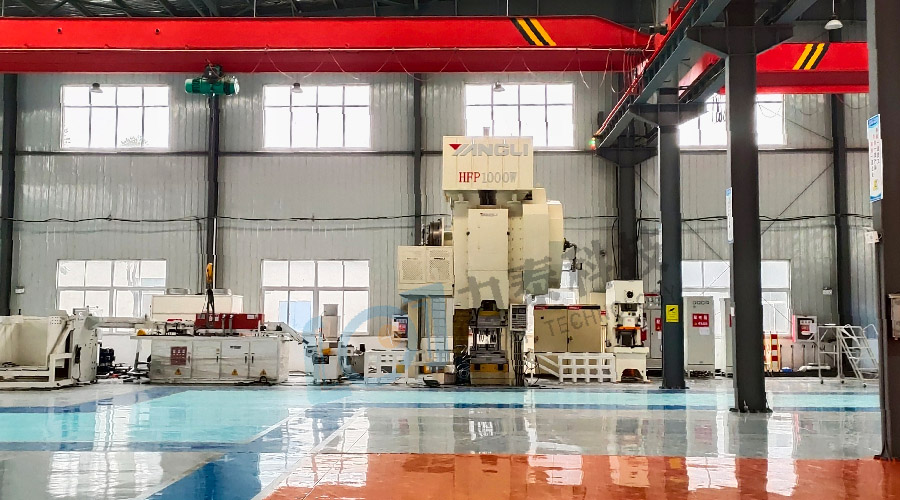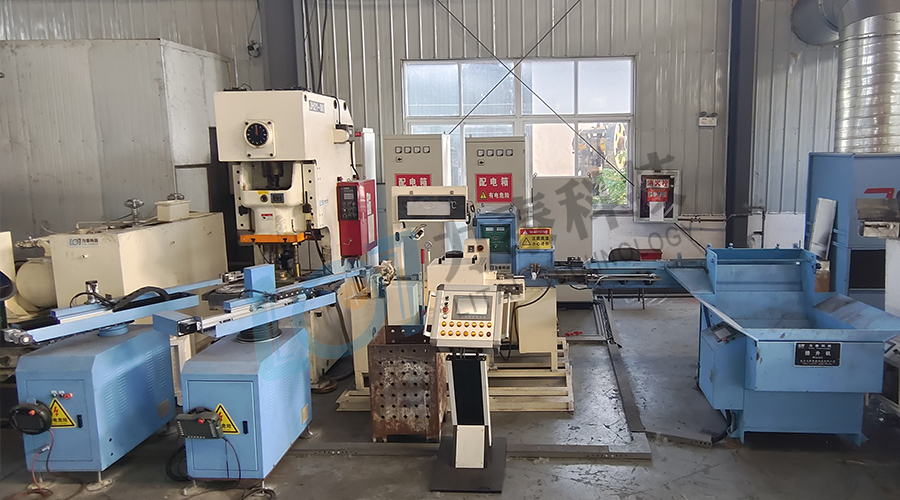
The development trend of forging automation
发布时间:
2025-05-23
In the landscape of the equipment manufacturing industry, the forging sector, as a fundamental manufacturing industry, is deeply rooted in numerous fields such as automobiles, ships, rail transportation, aerospace, etc. The production of key components mostly relies on forging processes. However, the forging industry is currently facing severe challenges, among which the problem of aging workers and difficulty in recruitment is particularly prominent.
Traditional forging is mainly carried out by manual labor. Workers have to work in high-temperature and high-noise environments, constantly exposed to smoke, dust, and harmful gases. The labor intensity is extremely high and the risks are high. Such harsh working conditions have deterred young people from pursuing forging jobs. At the same time, the aging population has intensified, and the dual pressures of labor shortage and rising labor costs have piled up like huge rocks on the shoulders of forging enterprises, seriously impacting the development of the industry. According to relevant data, in the past five years, the average age of the workforce in the forging industry has increased by 5 years, and the number of new young workers recruited each year has decreased by approximately 20%.
In this predicament, the automation of forging has become the key to breaking through, leading the industry to accelerate its transformation. Automated production lines are gradually replacing manual operations, taking on a series of arduous and repetitive tasks such as automatic loading, heating, descaling, forming, trimming, shaping, inspection, palletizing, and packaging. Many forging enterprises have adopted automation technologies such as robots, mobile mechanical arms, and stepwise conveying mechanisms to achieve interconnection of equipment and real-time production monitoring, significantly enhancing production efficiency and ensuring the stability of product quality. After adopting automated production lines, production efficiency has generally increased by 30% - 50%, and the product scrap rate has dropped to less than 5%.

Take the material processing procedure as an example. Previously, the ordinary band saw machine for cutting materials was gradually phased out due to its low efficiency, high waste, and poor precision. Nowadays, the cutting by shearing machines and the cutting by high-speed circular saws have taken its place. Cold shearing for cutting materials, with its high production efficiency, has become the preferred choice for large-scale and multi-variety production enterprises. Online hot shearing for cutting materials, although limited in domestic application, has demonstrated energy-saving advantages in some product fields abroad. In the future, the high-speed saw cutting for cutting materials is expected to occupy a larger share in the field of automated cutting due to its high precision. In some advanced enterprises, the precision of high-speed saw cutting can reach ±0.5mm, which is a significant improvement compared to traditional methods.
In the forming process, the automated assembly line technology based on spiral presses and hot die forging presses has become increasingly mature, and small-scale automated production lines with coordinate robotic arms have also developed rapidly. These automated production lines not only reduce the reliance on human labor but also achieve efficient resource utilization and improved production efficiency by optimizing the production process. After an enterprise introduced small-scale automated production lines with coordinate robotic arms, the number of production personnel was reduced by 40% and energy consumption was decreased by 15%.
Looking to the future, forging automation will move towards greater integration. Short-process automated lines with single equipment and multiple workstations will become the mainstream. By leveraging the technology of non-heating treatment materials, the heat treatment process is expected to further integrate with the forging process, achieving more efficient and lower-carbon production models. At the same time, with the continuous penetration of information and intelligent technologies, the forging industry will utilize big data and artificial intelligence to optimize process parameters and trace quality, continuously enhancing product competitiveness. It is expected that within the next three years, the market share of highly integrated automated production lines will increase from the current 15% to 30%.

For forging enterprises, embracing the automation trend is not only an emergency measure to address the current problem of recruitment difficulties, but also the inevitable path to adapt to the development of the times and achieve sustainable development. Only by actively participating in technological upgrades can forging enterprises stand out in the fierce market competition and create a brand-new situation for the development of the industry.
Related News







